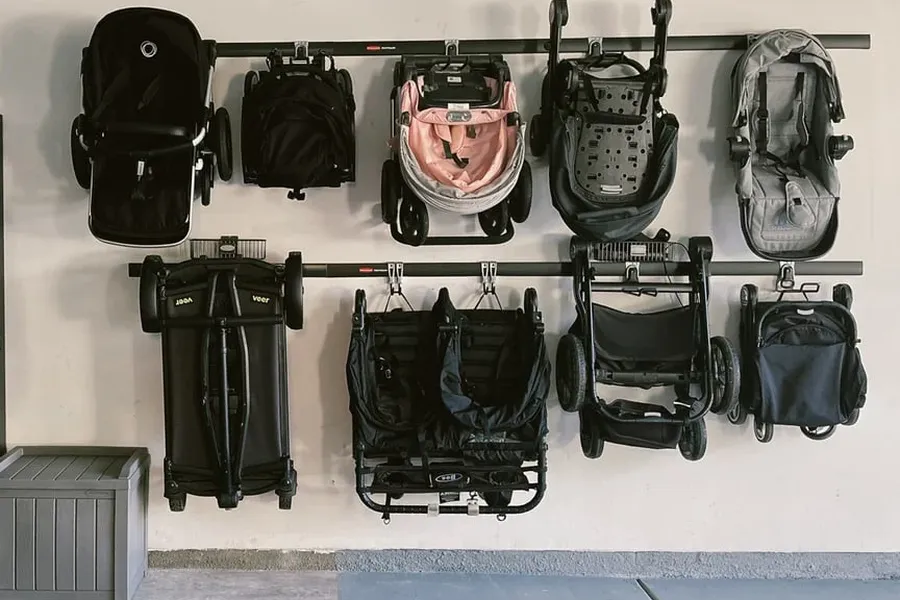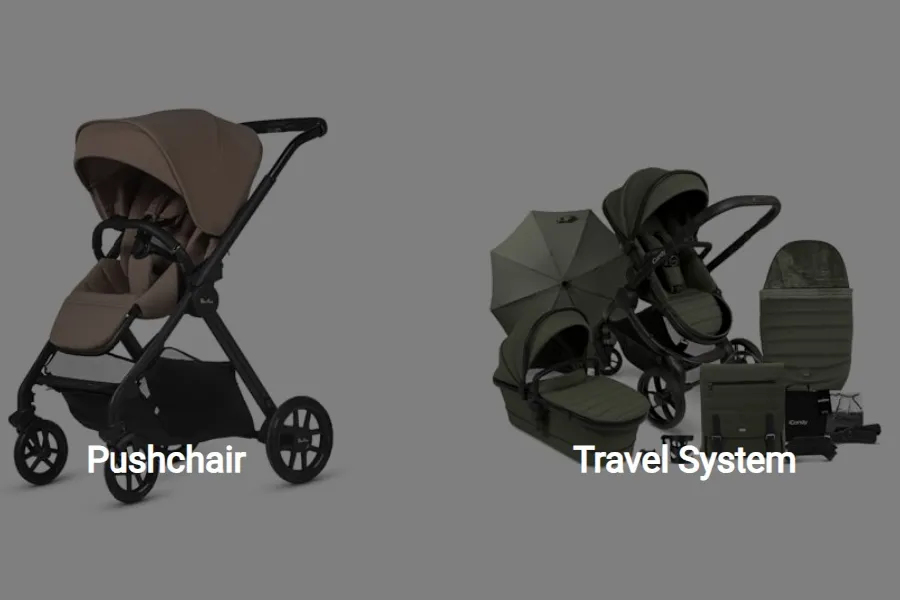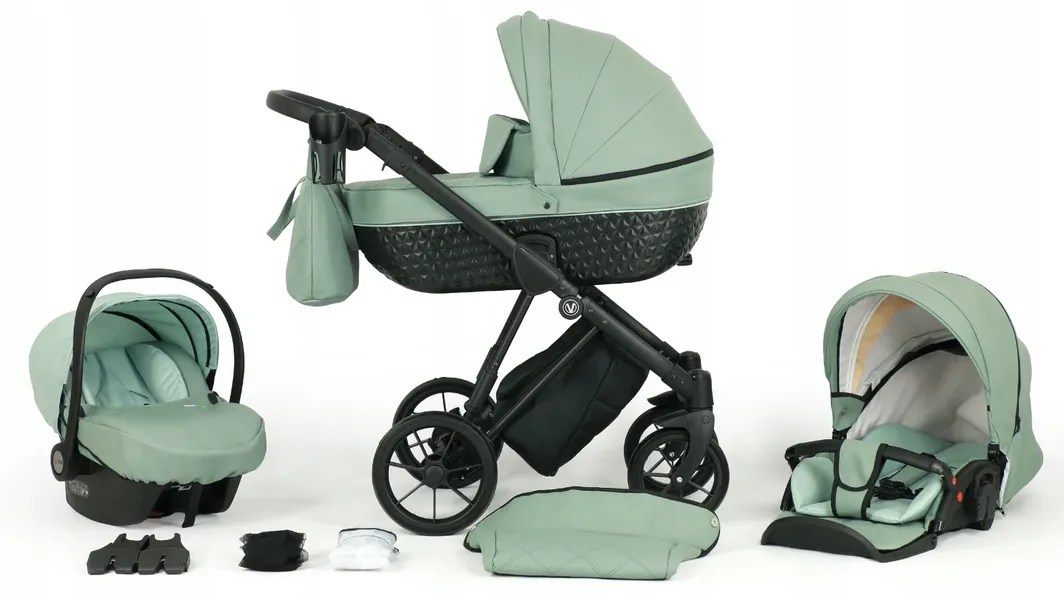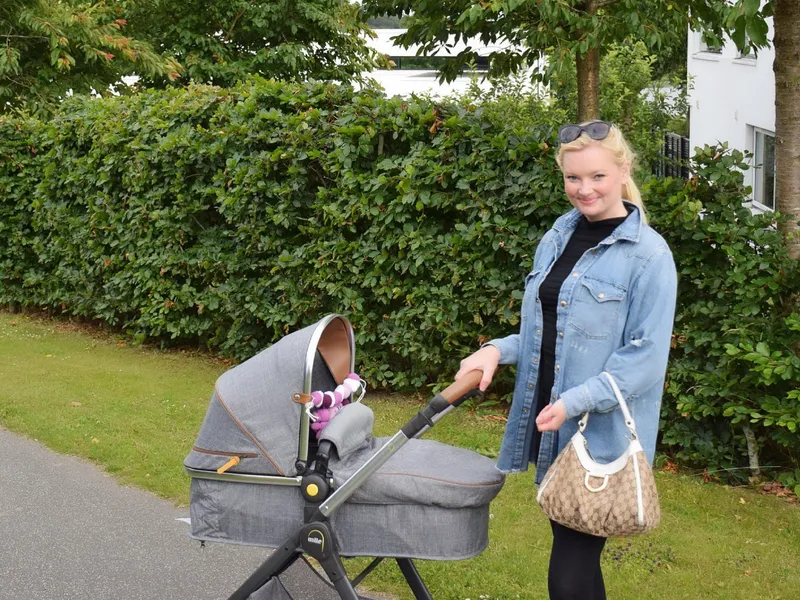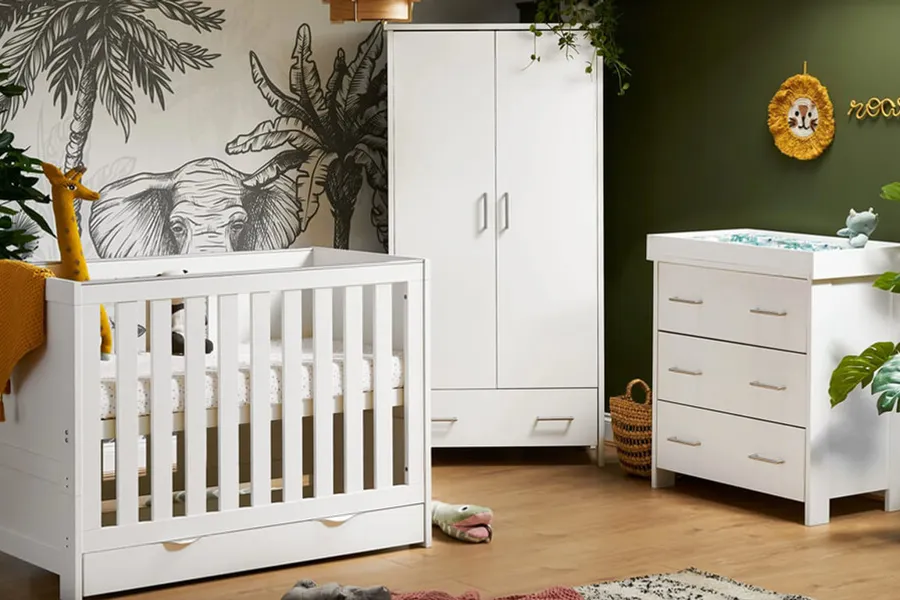
London Nursery Organization: Small Space Storage Solutions
Creating a nursery in your London home often means working with limited space. According to Property Data UK, the average London bedroom measures just 8 square meters – hardly the spacious nursery you’ve seen in magazines. But with smart organization and the right approach, you can create a functional and beautiful space for your little one.
Planning Your Small Space Nursery
Before you start buying furniture or decorating, you need a solid plan. The National Childbirth Trust recommends mapping out your space on paper first. Consider your daily routines – where will you change, feed, and store your baby’s essentials? Think about the flow of movement in the room, especially for those middle-of-the-night needs.
Essential planning considerations:
- Measure every wall and corner
- Account for door swing space
- Plan for furniture growth
- Map electrical outlets
Choose space-saving gear that won’t overwhelm your nursery.
Essential Furniture Choices
When every centimeter counts, your furniture choices become crucial. The Lullaby Trust’s safe sleeping guide emphasizes that safety doesn’t require large furniture pieces. Focus on slim-profile items that offer maximum functionality without dominating the space.
Key furniture considerations:
- Wall-mounted changing tables that fold away
- Compact cots with built-in storage
- Narrow but tall wardrobes
- Multi-functional pieces
Vertical Storage Solutions
Your walls are valuable real estate in a small nursery. According to IKEA’s small space living guide, utilizing vertical space can increase your storage capacity by up to 40%. Think beyond traditional storage and look upward to maximize your room’s potential.
Smart vertical storage options:
- Floating shelves with guardrails
- Over-door organizers
- Pegboard systems
- Wall-mounted baskets
Learn more about essential gear that works in small spaces.
Organization Systems
Creating effective systems helps maintain order in a compact space. Professional organizer Marie Smith suggests dividing your nursery into zones based on activities. This approach helps you maximize functionality while keeping essential items within easy reach.
Essential zones to consider:
- Changing station with supplies
- Feeding area with necessities
- Sleep space with bedding
- Play zone with current toys
Storage Maintenance
Small spaces require regular maintenance to stay functional. Set up a routine that helps you keep the nursery organized and clutter-free. The Good Housekeeping Institute recommends weekly quick-sorts and monthly deep organizations.
Regular maintenance tasks:
- Weekly clothing rotation
- Monthly toy assessment
- Seasonal gear evaluation
- Storage system review
Multi-functional Spaces
Your nursery needs to work hard in a small space. Create areas that serve multiple purposes without feeling cramped. Think about how each space can transition throughout the day and as your baby grows.
Clever combinations:
- Feeding chair that becomes reading nook
- Change table doubling as storage
- Play mat that folds away
- Window seat with hidden storage
Future-Proofing Your Space
Plan for your baby’s growth from the start. Mothercare’s nursery guide suggests choosing furniture and storage solutions that can adapt as your child develops. This approach saves both space and money in the long run.
Growth considerations:
- Adjustable storage heights
- Convertible furniture
- Flexible organization systems
- Scalable storage solutions
Conclusion:
Creating an organized nursery in your London home isn’t about having more space – it’s about using your space more effectively. With smart planning and the right solutions, you can create a functional, beautiful nursery that works for both you and your baby.
Looking for more small space solutions? Check out our guide to compact living with baby gear.
